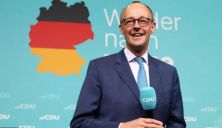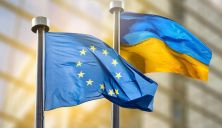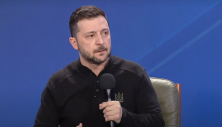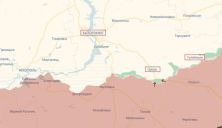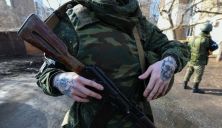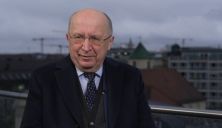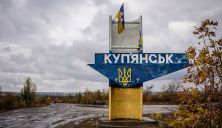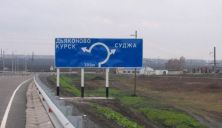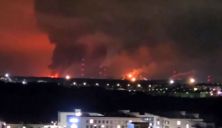Russia may agree to use $300 billion in sovereign assets frozen in Europe for Ukraine’s reconstruction but will insist that part of these funds be spent on the fifth of the country occupied by Russian forces.
This was reported by Reuters, citing three sources.
Although negotiations between Russia and the U.S. are at a very early stage, informed sources say that one idea being discussed in Moscow is that Russia might propose using a significant portion of the frozen reserves for Ukraine’s reconstruction as part of a potential peace deal.
The sources spoke to Reuters on the condition of anonymity due to the sensitivity of the discussions and because they are still preliminary. The Kremlin declined to comment.
The idea that Russia might agree to use frozen funds to aid Ukraine’s recovery has not been previously reported, and it could provide insight into what concessions Moscow may be willing to make.
Reuters was unable to determine whether the idea of using frozen funds was discussed between Russian and American officials during their meeting in Saudi Arabia.
In 2023, the Group of Seven (G7) stated that Russian sovereign funds would remain frozen until Russia pays for the damage it has caused to Ukraine.
Russia has previously claimed that plans to use these funds in Ukraine amount to theft.
Oleg Kuzmin, a leading analyst at Renaissance Capital, believes that disagreements between the U.S. and Europe, which controls most of the assets, will complicate the lifting of the freeze.
“This would require full European support for the current U.S. position, which is aimed at dialogue with Russia,” Kuzmin said, calling such a scenario “very optimistic.”
One source familiar with the discussions in Moscow said that Russia might agree to allocate up to two-thirds of the reserves for Ukraine’s reconstruction under a peace deal, provided there are accountability guarantees.
The remaining funds could go toward Russian-occupied territories in eastern Ukraine, which Moscow now considers part of Russia, the source added.
Another source familiar with the negotiations stated that Moscow would agree to use these funds for rebuilding Ukraine, but it is too early to discuss their exact allocation. Two sources emphasized the importance of determining which companies would receive future reconstruction contracts.
Another source, close to the Kremlin but not directly involved in the discussions, said that Russia would still demand the unfreezing of assets as part of a gradual easing of sanctions.
While the asset freeze has angered Moscow, some of Russia’s most vocal military hardliners have previously acknowledged that Russia may eventually part with the frozen reserves, provided that the occupied territories remain part of Russia.
On February 18, high-ranking officials from Russia and the U.S. met in Saudi Arabia, agreeing to “remove irritants” in bilateral relations and continue working toward preparing negotiations on Russia’s war against Ukraine.
Notably, they agreed to form high-level groups for negotiations on Ukraine.
On February 20, Donald Trump stated that Russia holds the “trump card” in potential peace talks to end the war, as it has “seized a large territory.”
Read also: Ambassador Bondar: Poland will prepare 46th aid package for Ukraine by the end of February
